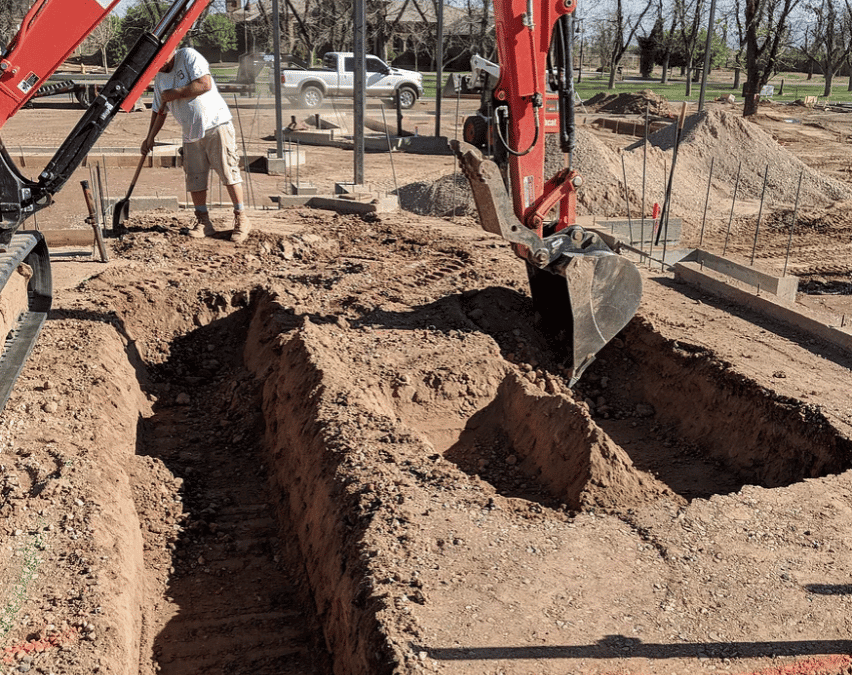How deep should an outdoor structure’s footing be? What should be excavation depth from ground level for footing? The answer is that it depends; it depends on what you – or rather your specialist contractors – are building. Some structures will need much deeper footings than others. Let’s look more closely into this.
You can construct a variety of outside buildings to increase the value of your house or to make it more user-friendly for you to live in. Fencing and screen walls, for example, enhance the security of your home. Outdoor decorative features such as ponds, showers, light posts, trees, pergolas, and garden sculptures give visual interest to your yard, estate, and home. Utility improvements, such as curbside mailboxes, septic tanks, utility holes, and inspection chambers are the third type of outside project that you may have on your own property. A hybrid entertainment/utility addition, such as a barbecue island, is another outside home renovation concept that homeowners would want to have on their own property. And so it goes on.
Before you begin construction on any of the buildings listed above, or any others we haven’t mentioned, you must first determine the depth and breadth of the foundation. This information will be included in the building designs created by your engineer, architect, or draughtsman. You may need to acquire a construction permit before starting the project, depending on your state or municipality. Additional permissions may be necessary for trenches that are deeper than a specified depth. Deeper trenches represent a danger, so you’ll need to comply with OSHA requirements, including earthwork support, protective trench boxes, and safe access in and out of the trench. For the best results, it’s best to contact an expert who can deal with all of this for you.
Brick Boundary Wall
If you need a brick boundary wall installed by professionals, the depth of the footing is determined by soil conditions (the earth’s load-bearing capability), as well as the load of the structure itself. The depth may range between 500mm and 2500mm. The minimum depth is typically 500mm, however, the width of the concrete foundation should be at least 200mm. The soil cover (backfilling to trench sides) should be at least 300mm, and the plinth level should be level with DPC (damp proof course) placed on top of substructure brickwork. The plinth’s minimum height from the ground is 150mm.
Outdoor Barbecue Area
A barbecue area in your backyard is a wonderful addition to your property. Outdoor grill islands are constructed on a patio floor using a concrete slab or pavers. To construct a brick or stone barbecue compartment, dig a 350 to 450mm deep broad but shallow trench for its foundation pad. On both sides, the concrete foundation pad will be 235mm broader than the brick compartment. As a result, you’ll need to dig a trench 3520mm long, 1230mm wide, and 450mm deep.
Extensions
Once any existing buildings have been demolished and removed, the footing has to be put in place before anything else. A single-story building footing is 450mm wide and 200mm deep, while a two-story building footing is 600mm wide and 200mm deep.

